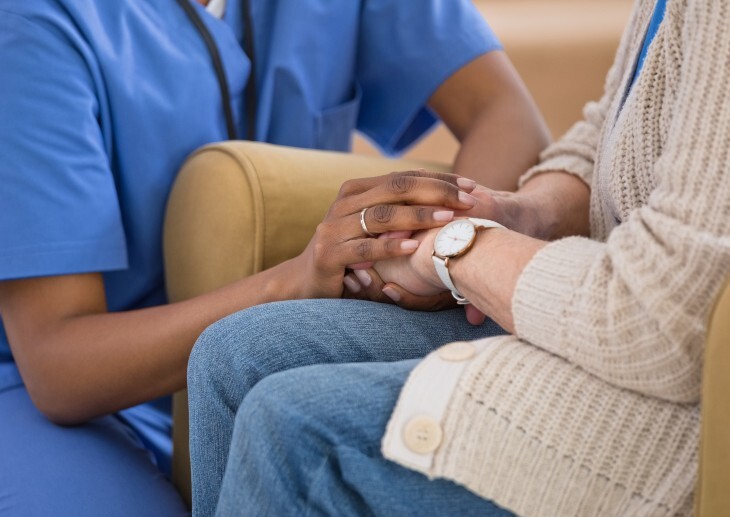CCG chair and health and wellbeing board co-chair Dr Joe McGilligan argues that Health and Social Care Act wasn’t just a “rearranging of the deck chairs” but a chance to make a concrete difference to patient care.
CCG chair and health and wellbeing board co-chair Dr Joe McGilligan argues that Health and Social Care Act wasn’t just a “rearranging of the deck chairs” but a chance to make a concrete difference to patient care.
A year in and what would Einstein make of the changes in the NHS? Would it prove his theory that insanity is doing the same thing over and over while expecting a different outcome? The healthcare system overhaul so big you could see it from space has come in with barely a whimper. Patients still get seen and treated, hospitals on the whole survived the annual winter, (why we have to have new plans every year is beyond me) and CCGs have received an eight out of ten by the retiring NHS boss.
The biggest change has been the realisation that we can no longer keep doing the same thing. The country is in £1,200,000,000,000 of debt, which is growing by £5,000 a second. Doing nothing is not an option and the fiscal cliff for health is 2015 when the cash goes flat. Health has always enjoyed a 4.8% real terms growth since 1948, and that stops. We have been getting warnings since 2008 that we needed to develop plans to cope.
There has always been the ability for health and social care to work together but it has taken a change in the law in 2012 to legally ensure we do. All around the country there are health and wellbeing boards set up and functioning in a variety of ways. One thing is clear there is only one public pound, be that health social care or county council and it can only be spent once! The Better Care Fund is the first test of that partnership. The HWBs are boards of commissioners not a commissioning board and it is where we all have sight of each other’s plans and co-design and co-commission for the best outcomes for our residents/patients.
There is a fear that councils will use the money to fill their funding holes or worse their potholes! This will never happen if the relationships are right and there is the shared understanding of how we can improve population health and wellbeing. By focusing on the determinants of health such as housing, education and behaviour rather than just health we can crack the prevention agenda.
The problem has always been that organisations compete whereas individuals collaborate. Everyone wants to look good so we need to agree what we measure and have one version of the truth agreed by all. There are going to be really tough decisions that will need everyone’s buy in to make the changes needed. We need to bottom out the funding formula where the whole NHS is in surplus but many areas are chronically overspending. And the medieval pendulum arbitration to resolve issues must be addressed and “pilotitis” – the virus that kills innovation in the NHS – must stop so that we can implement what has been proven to work.
Next year will be pivotal to the NHS, where we can get joined-up thinking between Monitor and the Trust Development Authority and NHS England about the reconfiguration of the services required for the sustainable future.
The delivery of medicine needs to be modernised and we should accept that there is no one business model that fits the entire NHS. It is no longer about bricks and mortar but about care and where it should be delivered. Professional and organisational boundaries need to overlap and have a single focus. Everyone has a bed and it is at home – we need to build a care system backed up by health to deliver the best health and wellbeing for our population.
There had been the feeling of yet another rearranging of the deck chairs in the creation of CCGs and HWbs, but I believe that as a local health economy we are at a fundamental turning point where the demand exceeds the funding.
The survival of all organisations is predicated on getting the inefficiencies out and reducing the duplication of work. We must find better ways and it is incumbent on every clinician to know their personal responsibilities in the system to ensure patient safety and best outcomes.





